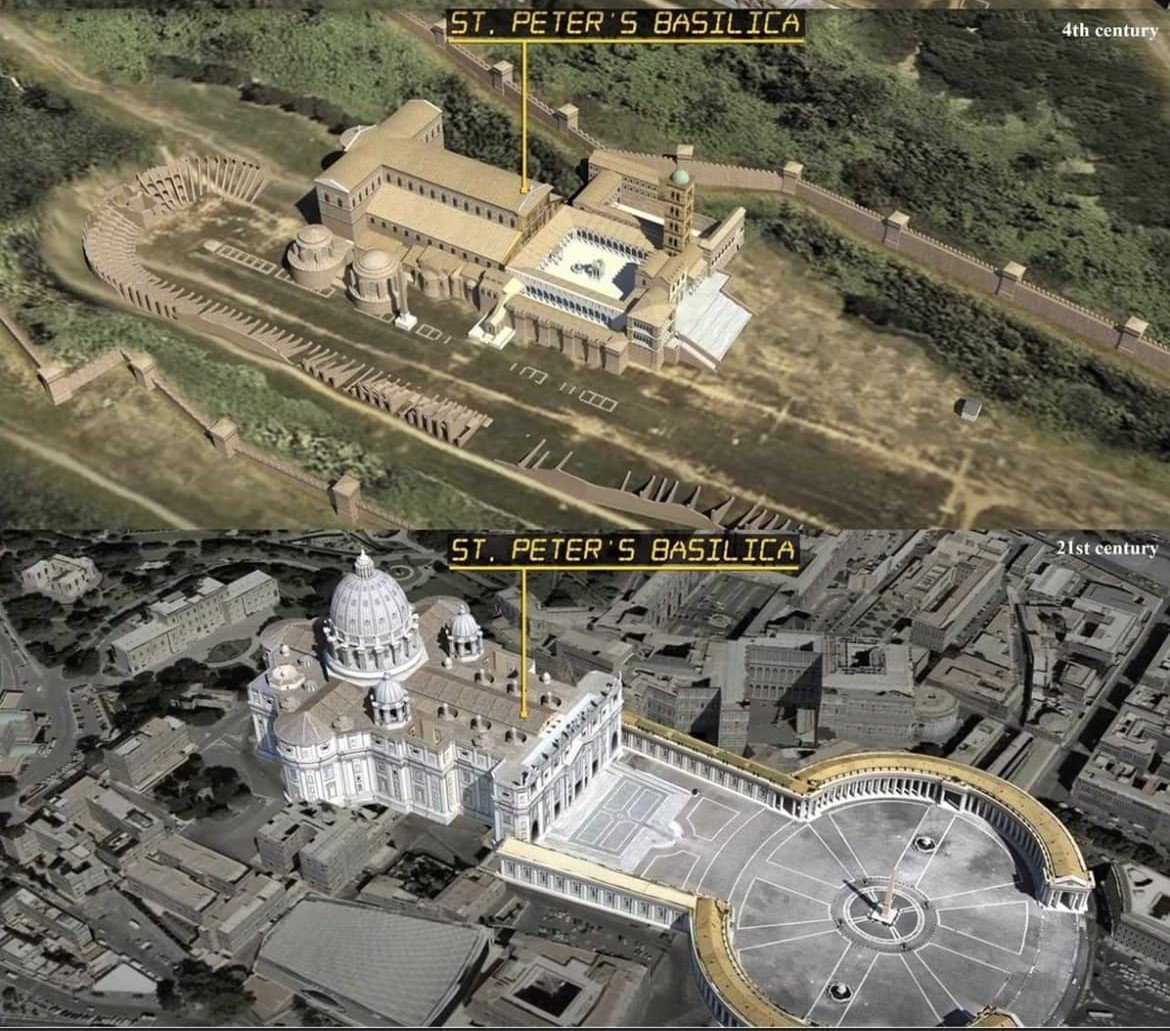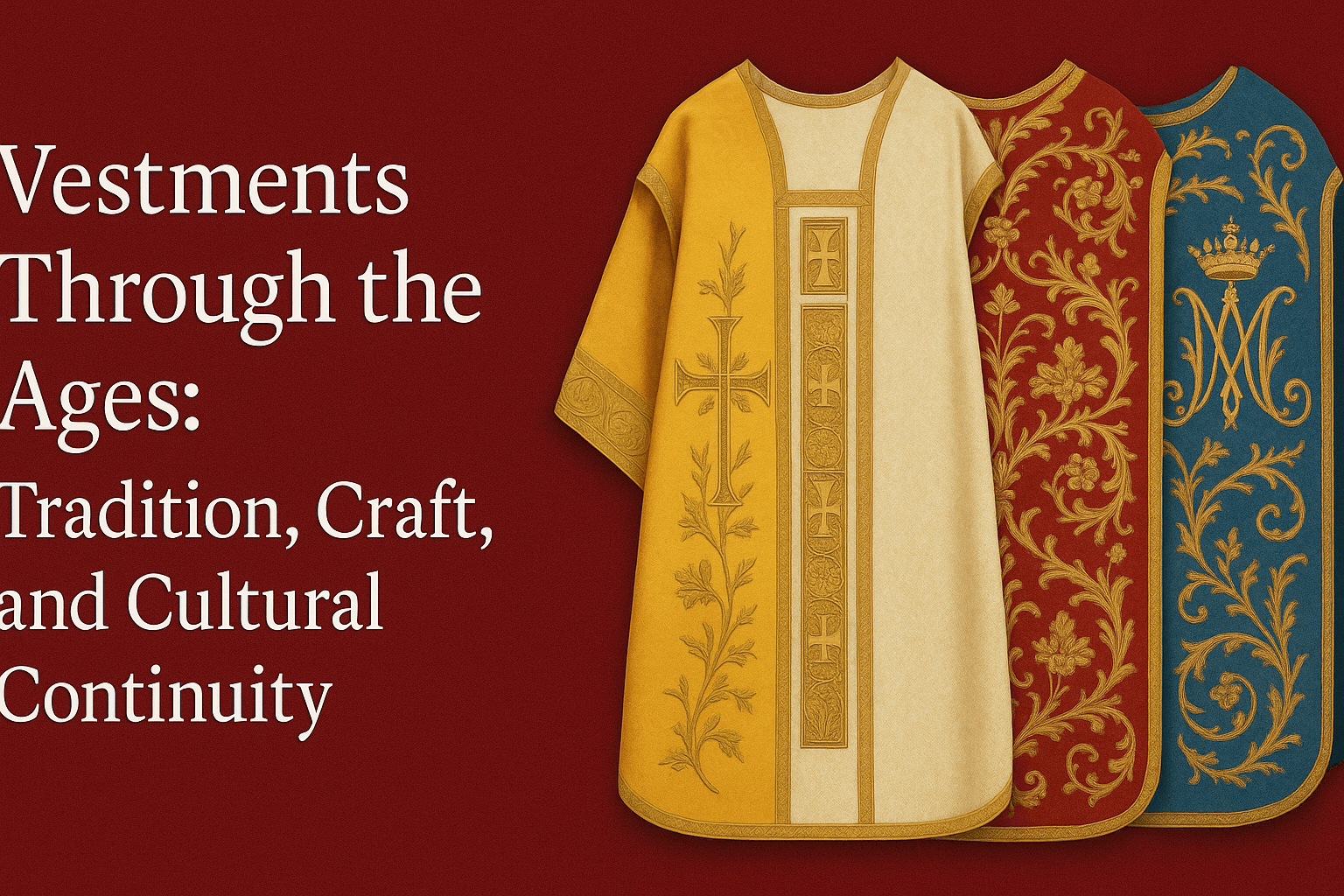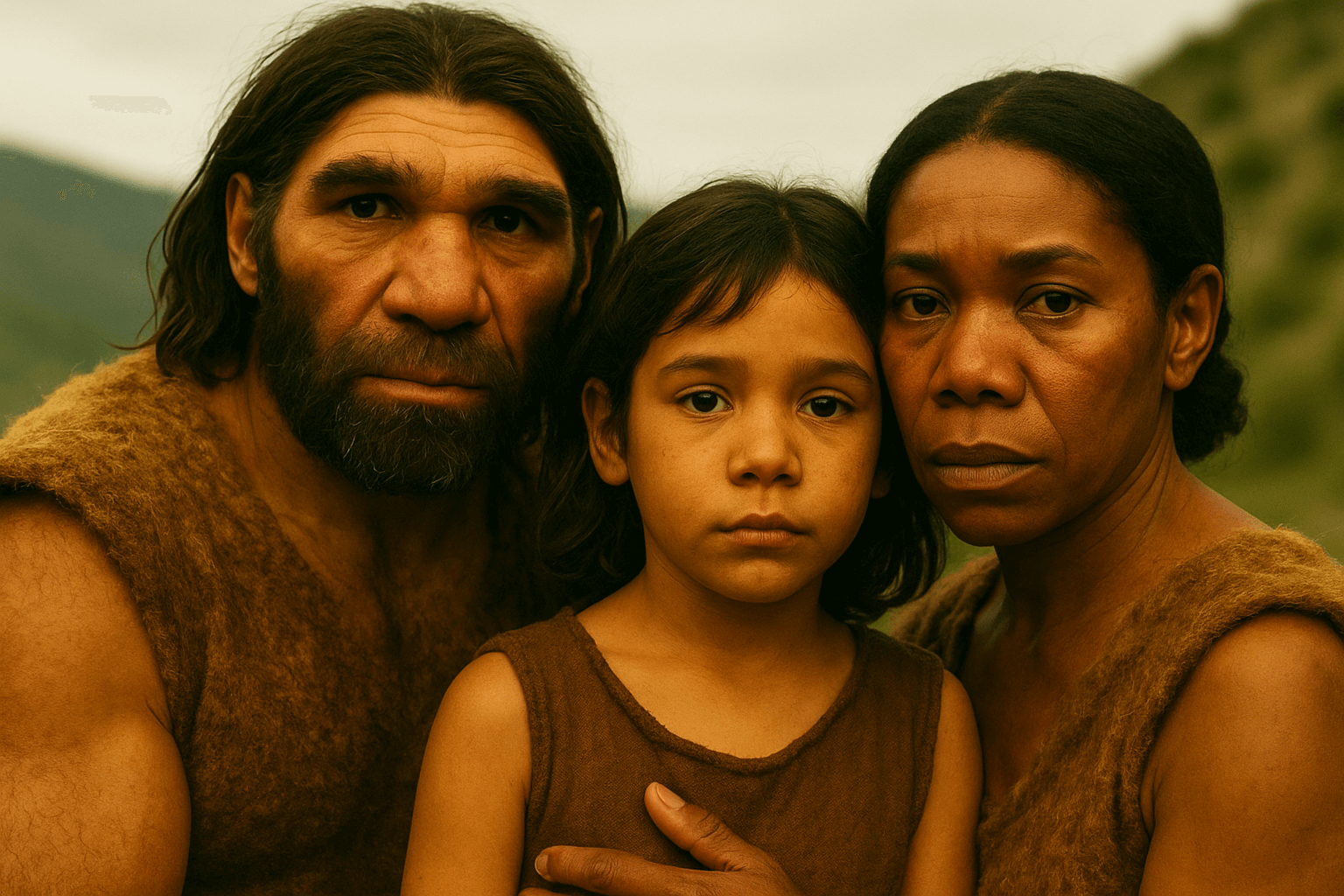The Vatican Hill, an emblem of religious significance and an architectural marvel, has witnessed a remarkable transformation through the centuries. Its evolution from a Roman necropolis and the Circus of Caligula to the majestic St. Peter's Basilica is a tale that intertwines history, religion, and art.
The Early Days: Roman Necropolis and Circus
Originally, the Vatican was not a site of Christian significance. In the era of the Roman Empire, it was a necropolis, a city of the dead. This necropolis was located outside the city limits, as Roman law prohibited burial places within the city. The Vatican necropolis lay along the Via Cornelia and housed the tombs of various Roman families, some of which have been unearthed and studied by archaeologists. These findings reveal insights into the burial practices and beliefs of ancient Romans.
Adjacent to this necropolis was the Circus of Caligula, also known as the Circus of Nero. Constructed in the first century, this circus was a venue for chariot races and other public games, a common form of entertainment in ancient Rome. It is believed that St. Peter, one of Jesus Christ’s apostles, was martyred in this very circus under Emperor Nero's reign.
The Birth of a Sacred Site: Old St. Peter's Basilica
The transformation of the Vatican from a pagan site to a place of Christian worship began with the construction of the Old St. Peter's Basilica. Following Emperor Constantine’s conversion to Christianity and the Edict of Milan in 313 AD, which granted religious tolerance throughout the empire, the persecution of Christians ceased. Emperor Constantine commissioned the building of a great basilica over the supposed tomb of St. Peter.
The construction of Old St. Peter's Basilica marked a significant shift, both religiously and culturally. The basilica, completed in the 4th century, was an architectural wonder of its time. It boasted a vast nave with aisles, an atrium, and numerous chapels and altars, becoming a major pilgrimage site and a symbol of the burgeoning power of the Christian church.
The Renaissance Transformation: New St. Peter's Basilica
By the early 16th century, the Old St. Peter’s Basilica had deteriorated significantly. The decision to rebuild led to the construction of the New St. Peter’s Basilica, a project that spanned over a century and involved some of the most renowned architects and artists of the time, including Bramante, Michelangelo, and Bernini.
Bramante’s initial plan was for a Greek Cross design, but it was later altered to a Latin Cross by Carlo Maderno. Michelangelo, taking over the project at 71, redesigned the dome, combining architectural skills with his artistic vision. The dome of St. Peter's, completed after his death, remains one of the most iconic features of the Roman skyline.
The interior of the basilica is a celebration of Renaissance and Baroque art, with Bernini's Baldachin standing as a focal point over the papal altar. The basilica’s architecture, art, and its location over the tomb of St. Peter make it a place of unparalleled religious and historical significance.
The Vatican Hill’s transformation from a Roman necropolis and circus to the site of one of Christianity’s most sacred and architecturally significant buildings is a vivid illustration of the interplay between history, religion, and art. St. Peter’s Basilica, in its successive phases, not only symbolizes the growth of Christianity but also stands as a testament to human creativity and devotion through the ages.









